
Stephanie Sober, MD, MSHP, investigator on the pivotal research that supported the prescription-to-OTC switch of Opill, shares insights on how the medicine is reshaping the reproductive landscape.

Stephanie Sober, MD, MSHP, investigator on the pivotal research that supported the prescription-to-OTC switch of Opill, shares insights on how the medicine is reshaping the reproductive landscape.
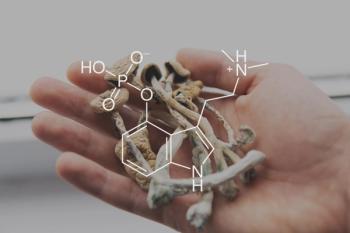
As research continues to uncover the potential benefits of psilocybin, pharmacists and other clinicians have an essential role in bridging ancient wisdom with contemporary science.

Tris Pharma will examine the efficacy and safety of cebranopadol in the ALLEVIATE-1 and ALLEVIATE-2 studies.
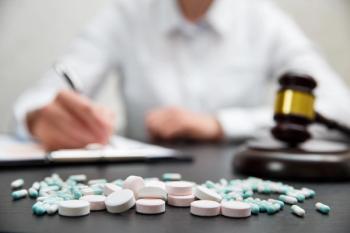
Don’t miss out on the latest pharmacy insights in the Drug Topics July/August issue.

Check out this list of our top 10 stories from August 2024.

Chijioke Bennett, executive director of clinical development at Novavax, discusses how health care providers can increase awareness around COVID-19 vaccination and how to help patients overcome vaccine hesitancy.

Researchers addressed the association of COVID-19 pandemic-related school disruptions with children’s incidence of acute psychiatric emergencies.
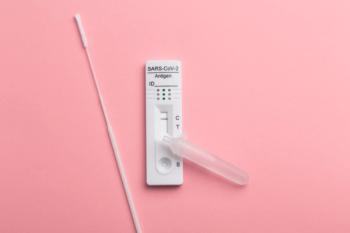
The government said the tests will “detect current COVID-19 variants and can be used through the end of the year.”

Check out these top featured stories from Drug Topics in August 2024.

The Stelo glucose biosensor system is intended for use in adults who do not use insulin or in those without diabetes who wish to better understand how diet and exercise affect blood glucose levels.
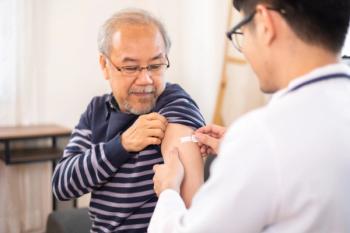
“While seasonal variation exists, it is expected that seniors will continue to benefit from flu vaccines that are stronger than the traditional standard-dose vaccines,” wrote investigators.

Check out these featured Drug Topics interviews from August 2024.

Don’t miss out on the latest pharmacy insights in the Total Pharmacy June issue.

In case you missed it, this week we had news about illegal online GLP-1 sales, pharmacy deserts, innovative medication cooling technologies, and more.

Check out this recap of articles published on our sister sites during the past week.
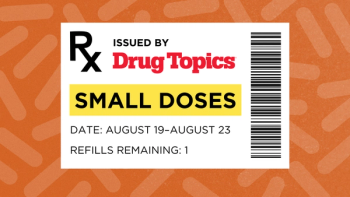
Check out a recap of important pharmacy news you might have missed this week, dispensed in small doses.

Researchers analyzed data from every county in the US and aimed to address the association between high social vulnerability and pharmacy deserts.
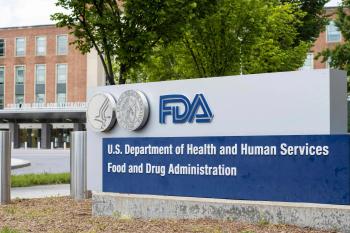
Check out important updates from the FDA for the week of August 19.

Dana Krug, Senior Vice President of Cold Chain Fulfillment at Phononic, discussed the importance of cooling medications in the rising heat of the summer months.

Recent research on diabetes has examined its bidirectional relationship with mental health, the significant increase in prevalence over the last decade, and how both diet and exercise can help prevent type 2 diabetes.

Access inequities are preventing the US-affiliated Pacific Island (USAPI) jurisdictions from meeting the WHO 2030 goal of 90% human papillomavirus (HPV) vaccination series completion coverage.
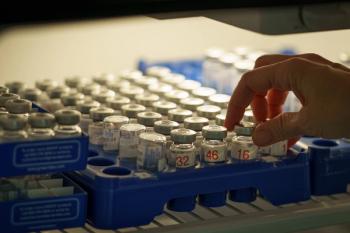
Dana Krug, Senior Vice President of Cold Chain Fulfillment at Phononic, discussed the role his company’s technology plays in the pharmaceutical industry.

Increased incidence of typed 2 diabetes was associated with higher consumption of processed meat, unprocessed red meat, and poultry.
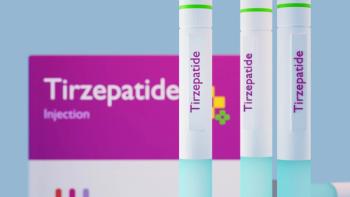
A detailed report of study findings will be published in a peer-reviewed journal and presented at ObesityWeek 2024.
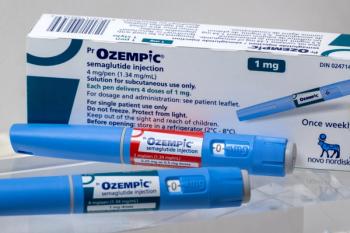
Timothy Mackey, MAS, PhD, discusses a study that sought to determine the risk of sourcing semaglutide from online platforms.

Research experts at the Brookings Institution in Washington, D.C., analyzed the savings estimates provided by CMS for its drug price negotiations and compared them with the institution’s own estimates.
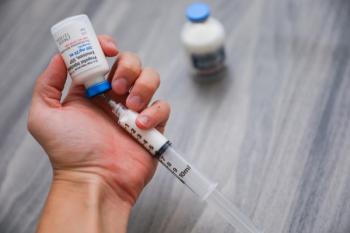
FDA approval of Amneal Pharmaceuticals' propofol injectable emulsion single-dose vials aims to address the drug’s history of chronic supply issues.
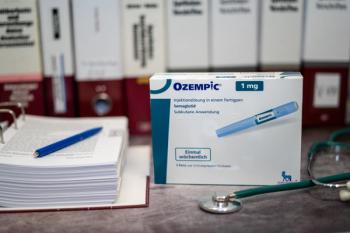
Timothy Mackey, MAS, PhD, discusses the dangers associated with sourcing GLP-1s from illegal online pharmacies and the key role pharmacists play in warning patients.
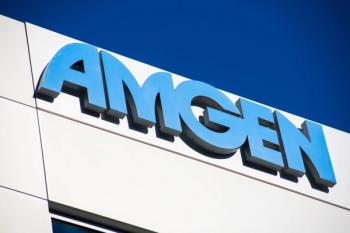
The approval of apremilast to treat plaque psoriasis in children and adolescents aged 6 years and older was based on data from the phase 3 SPROUT trial.

Final approval of the therapy may occur after expiration of the 3-year regulatory exclusivity for Tyvaso DPI on May 23, 2025.